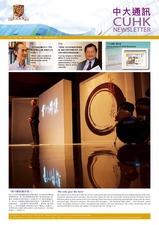The hyphen is a common punctuation mark used to connect two or more words to form a compound word:
one-way
state-of-the-art
It should be noted that no plural noun should be used in such compound words:
six-year-old (not six-years-old)
ten-dollar bill (not ten-dollars bill)
Sometimes, a hyphen is used to connect a short adverb and a verb to form an adjective:
a well-taken point
a much-admired speech
However, if the adverb ends in –ly, no hyphen should be used:
a poorly performed act
a scientifically proven theory
En-dashes and em-dashes are relatively lesser known, but professional editors and typographers should always observe the rules of their application. An en-dash (–), longer than the hyphen, is principally used to connect numbers and means ‘up to and including’:
20–25%
the 2013–2015 triennium
It can also be used to connect time and places:
The National Day holiday is 1–7 October.
The Queensway–Wanchai one-way fare is $4.
The em-dash (—), the longest of the three, introduces or parenthesizes a phrase or clause which explains or qualifies the foregoing:
The images of the tsunami stirred up what lies deep inside each of us—compassion for our fellow human beings.
The triennium—which means a period of three years—is almost over.
Editor
www.iso.cuhk.edu.hk/english/features/style-speaks/index.html

































































































































































Social Bookmarks